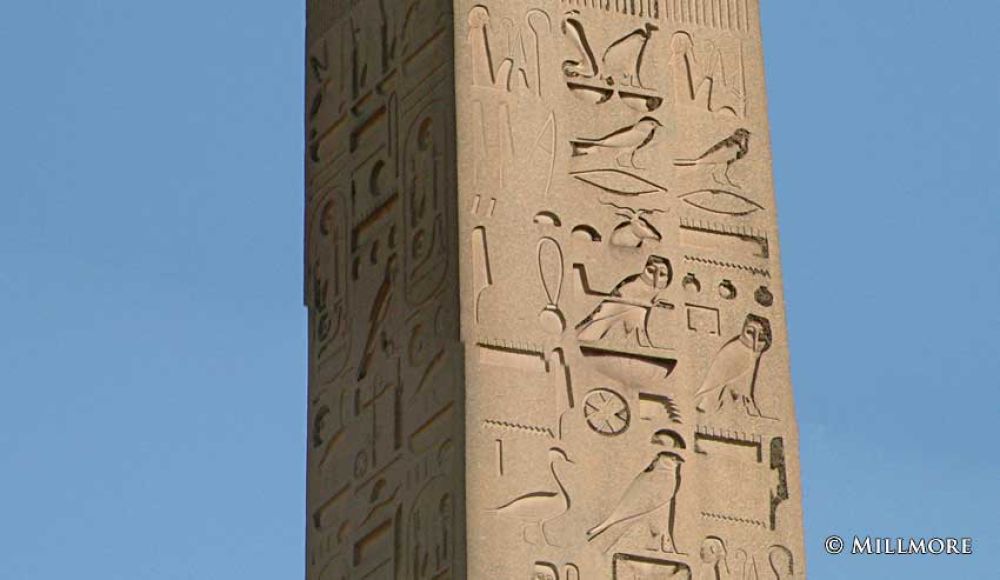

The ancient city of Byblos, located in present-day Lebanon, is one of the oldest continuously inhabited cities in the world, with its roots stretching back at least 7,000 years. The Temple of the Obelisks, situated in the archaeological site of Byblos Old Town, is a significant testament to the city's rich historical endurance and has been an important tourist destination due to its historical and cultural value.
The Temple of the Obelisks dates back to around the 2nd millennium BC and was rediscovered in the early 20th century by French archaeologist Maurice Dunand. The temple, also known as the Obelisk Temple, gets its name from the many small obelisks found there, which were most likely set up as religious offerings by devotees. This site gives visitors a glimpse into the religious practices and architectural ingenuity of the ancient civilizations that once thrived in Byblos.
Byblos has been a crossroad of civilizations for thousands of years and has attracted tourists and scholars alike interested in its extensive history. Modern tourism in Byblos began to take shape during the French Mandate in the early 20th century, with the establishment of the Directorate General of Antiquities and the subsequent archaeological excavations that unveiled the city's ancient past.
Following Lebanon's independence and the growth of its tourism sector in the 1960s, Byblos and its old town became a prime destination for those eager to explore well-preserved historical sites. Despite challenges over the years, including the Lebanese Civil War, the city has remained a steadfast attraction due to its UNESCO World Heritage status, awarded in 1984, which emphasizes its cultural significance and historical wealth.
In recent years, Byblos has been at the forefront of adapting to the latest tourism trends, focusing on sustainable tourism and eco-friendly practices. The city promotes cultural events, music festivals, and encourages local craft markets that support the economy while driving tourist interest. Efforts to preserve the historical integrity of Byblos Old Town, along with the ancient ruins like the Temple of the Obelisks, are paramount in maintaining a balance between modern development and heritage conservation.
Technology and social media have played pivotal roles in reviving interest in Byblos, with virtual tours and online showcases becoming increasingly popular. Visitors today can enjoy a blend of historical exploration coupled with modern amenities and a vibrant nightlife that Byblos offers. The city continues to aim for diversity in tourism, accommodating for historical enthusiasts, adventure-seekers, and those looking for a cultural getaway.
The Temple of the Obelisks remains a focal point in Byblos tourism, drawing visitors from around the globe who seek to unravel the mysteries of this ancient place of worship and the civilizations that contributed to the story of Byblos, the timeless city by the Mediterranean.